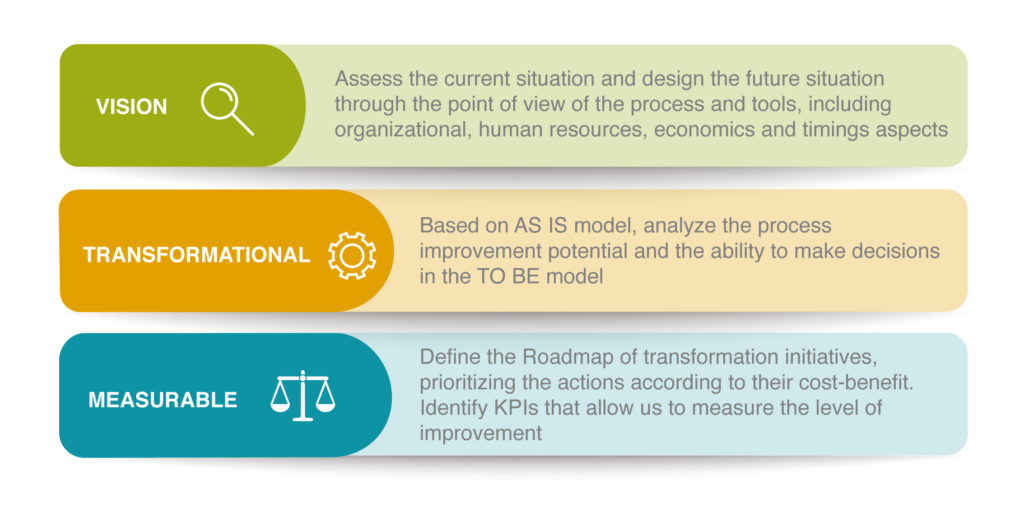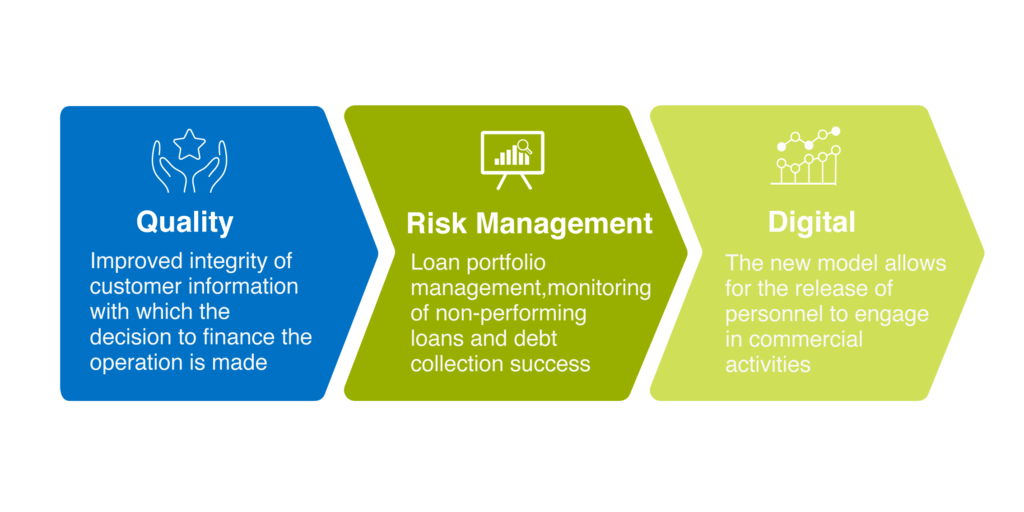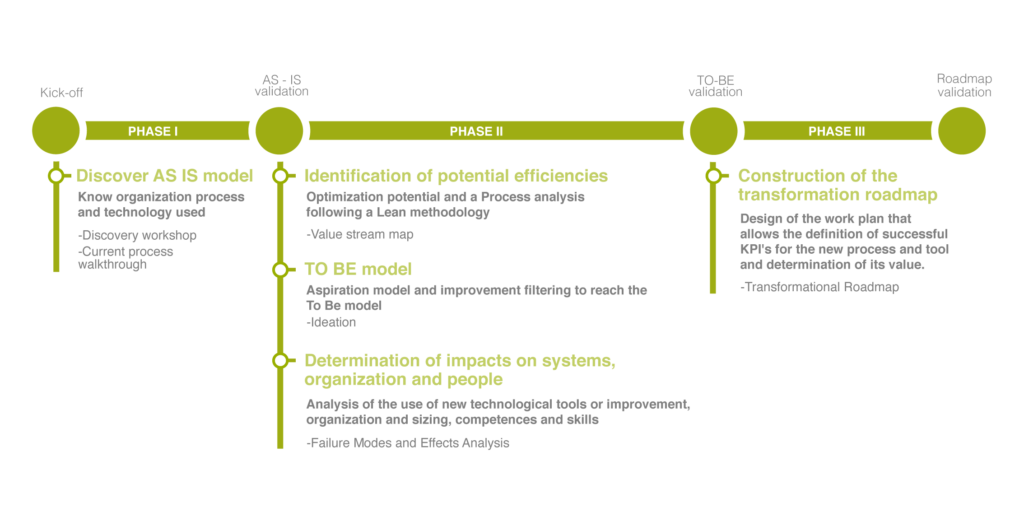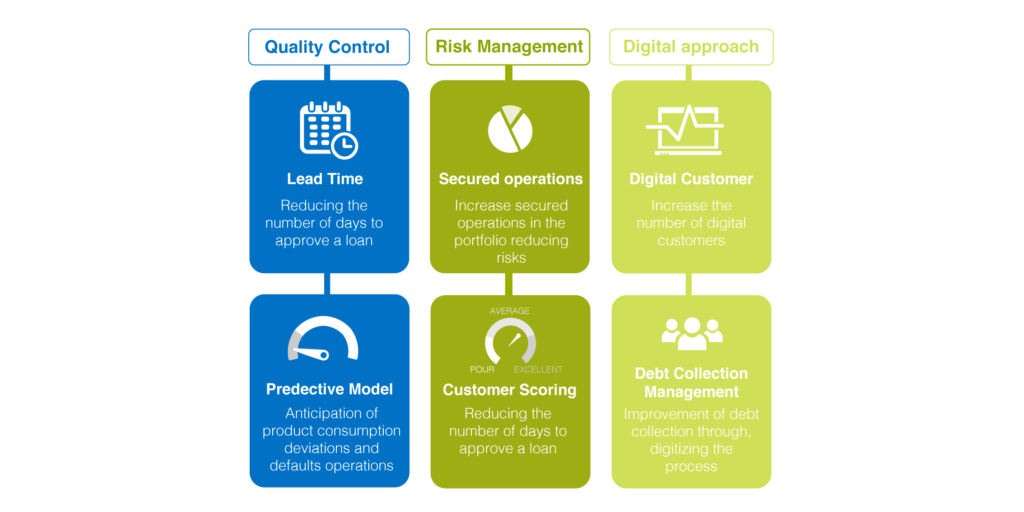The evolution of technology is streamlining the productivity of companies by creating more competitive and rapidly evolving markets.
Fit-for purpose products and business models that create value and meet customer needs are key to build customer loyalty, whilst gaining market share.
In sectors such as retail and FMCG, discounts on products or activities focused on the development of the point of sale itself (creation of complementary spaces such as terraces, decoration or furniture) are no longer sufficient. Points of sale are increasingly demanding greater levels of collaboration and creativity on the relationship. Loans from suppliers in order to make investments in their establishments, is a powerful tool for sales teams to increase customer base.
Granting these loans to points of sale is not easy; companies require financial skills, processes and tools beyond their traditional core competencies −solvency risk analysis, loan repayments monitoring or recovering unpaid debts, among others−.
Case Study
everis has worked with a leading consumer goods company facing an increasingly competitive market. On this occasion, the challenge was to redefine the customer attraction and retention model, by including into the equation loans to points of sale as part of its commercial strategy. The main challenges facing the current model are:
- Complexity on product sales and incident management given the B2B2C nature of the business.
- Limited alignment between Commercial strategy and Financial objectives.
- Long loan periods.
- Low automation levels in the process execution.
- Limited direct B2C communication outside the commercial sphere.
- Static risk analysis without taking into account market evolution.
- Low success in recovering overdue debt.
The methodology developed is based on three key principles:

To this end, the approach proposed by everis considered the design of the future situation by combining a “lean” analysis and an aspirational vision, limited by a determination of impacts to achieve balanced improvement in the following areas:

The project was divided into 5 stages, which were in turn grouped into 3 phases:

Solution
NEW PROCEDURES
- Definition of a budget based on the risk level of the transaction.
- New predictive analytical model of customer risk with which, through historical and demographic information, the level of solvency can be established.
- Digitalization of communication with the point of sale.
- Transforming the process to work with alerts.
ORGANIZATIONAL IMPACTS
- Centralization of debt recovery.
- Specialized customer service.
- Salesforce training on new ways of working.
NEW TECHNOLOGICAL CAPABILITY
- Creation of a web application to improve communication with the point of sale in the granting of funding and monitoring, and in turn, freeing up resources that can be used for commercial activity.
- Incorporation of new functionalities to your management tool (historical information, predefined reports ...).
- Incident management tool with the point of sale that professionalizes the response and allows performance analytics.
- Analytics tool to generate predictive customer risk analysis.
- Update of the ERP and the concession management platform.
FUTURE MODEL PERFORMANCE











